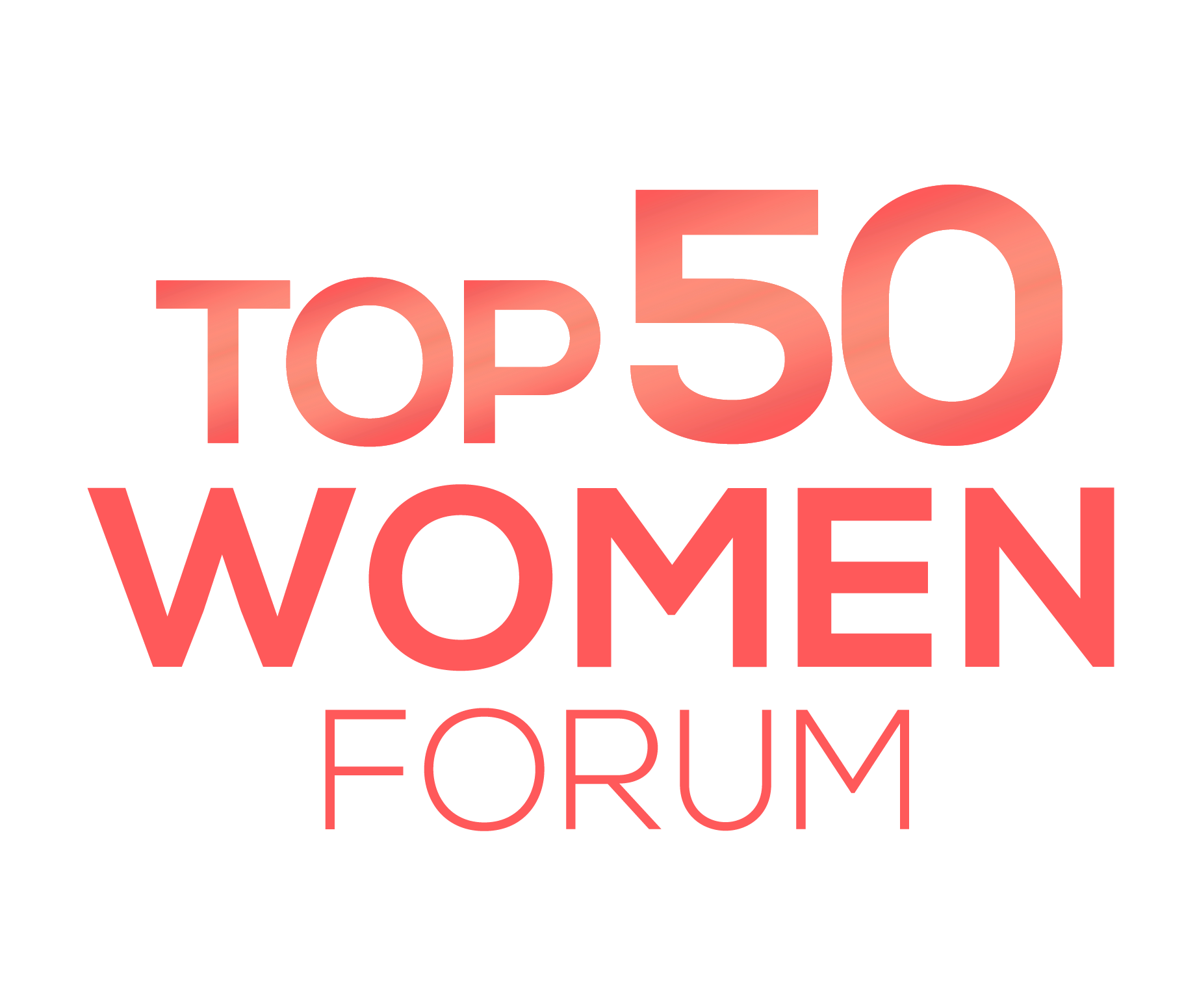Egypt’s Minister of Tourism and Antiquities, Sherif Fathy, presided over a high-level meeting of the Supreme Council of Antiquities at the ministry headquarters in the New Administrative Capital, underscoring the country’s ongoing commitment to preserving and promoting its rich archaeological heritage.
The session began with the approval of the previous meeting’s minutes followed by a detailed review of the council’s financial status for July 2025, the first month of the current fiscal year.
Dr. Mohamed Ismail Khaled, Secretary-General of the Supreme Council of Antiquities, presented a comprehensive overview of the council’s key achievements throughout July. Highlights included several important archaeological discoveries, the restoration and public reopening of prominent sites such as the twin domes of Yehia Al-Shabihi in the Khalifa district and Safi Al-Din Johar in the Imam Al-Shafi’i area. Restoration efforts are nearly complete at the Baramous Monastery in Wadi El Natrun, reaching approximately 90% completion. This is along with reporting significant progress on the chemical and mechanical cleaning and restoration of the massive stone blocks in the Great Hypostyle Hall at Hibis Temple in the New Valley, and the longitudinal hall of tomb TT109 in Luxor, both at 90% completion.
The council also spotlighted Egypt’s cultural diplomacy through its temporary exhibitions abroad, notably announcing the extension of the acclaimed “Ramses and the Gold of the Pharaohs” exhibition in Tokyo until January 2026, reflecting sustained international interest in Egypt’s ancient treasures.
Further updates included advancements in archaeological documentation projects, digitization of council publications, and the reissuance of the Arab Antiquities Preservation Committee’s booklets. Importantly, efforts to repatriate illicitly removed artifacts continue with recent successful recoveries from Belgium, including a wooden coffin and beard.
In a major move toward international collaboration, the council approved a joint declaration with China’s National Administration of Cultural Heritage to foster cooperation under the Asian Initiative for Cultural Heritage Preservation. This partnership focuses on artifact restoration, conservation of underwater heritage, museum development, scientific research, temporary exhibitions, combating illicit trafficking of cultural properties, and establishing a network for artifact recovery and protection.
Additionally, a strategic cooperation agreement was ratified to enhance long-term partnerships in nominating and managing UNESCO World Heritage sites, including support for preservation projects, management planning, heritage digitization, green museum transformations, and exchanges in conservation and restoration expertise.
The council also endorsed a memorandum of understanding with the British Museum to promote joint initiatives in museum exhibitions, research, education, training, workshops, and artifact restoration.
A forward-looking proposal to contract a tech company to deliver an interactive visitor experience—featuring smart robotic “papyrus painting” workshops at key archaeological sites such as the temples of Luxor and Karnak and the Valley of the Kings—was provisionally approved by Egypt’s Permanent Antiquities Committee. This initiative aims to engage visitors of all ages through culturally immersive and entertaining activities.
Further decisions included approvals related to operating service contracts at various archaeological sites and museums, ensuring strict compliance with legal and regulatory frameworks. The council also gratefully accepted donations, including five air purification devices for the Great Pyramid of Khufu, as part of ongoing efforts to enhance visitor experience.
The meeting concluded with ratification of permanent committee decisions covering registration of new artifacts unearthed by recent excavations, regulation of archaeological mission activities, and the continuation of restoration works at the Sultan Al-Ashraf Qaitbay complex, encompassing the mosque, school, and waterwheel located in the Mamluk desert region.



